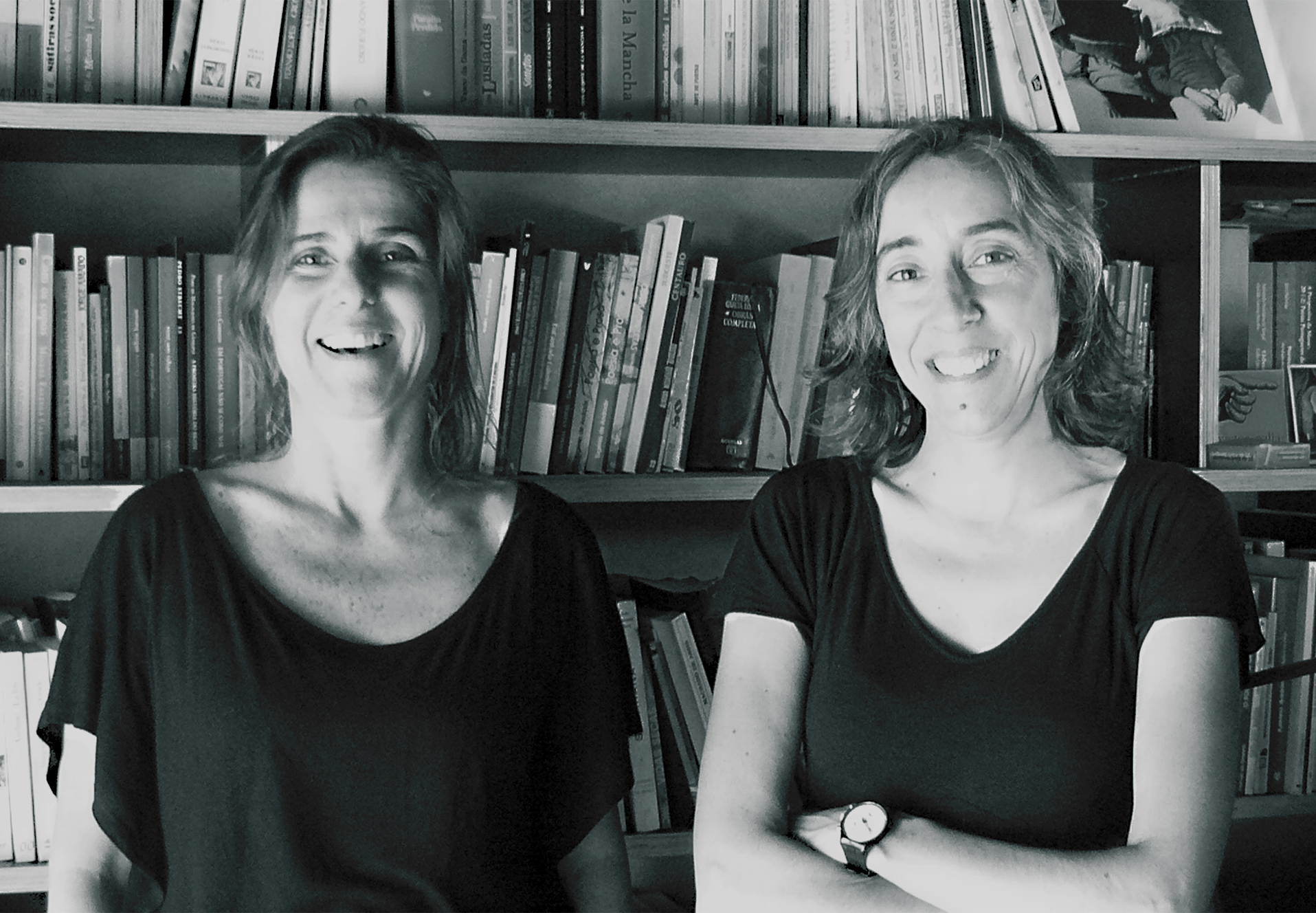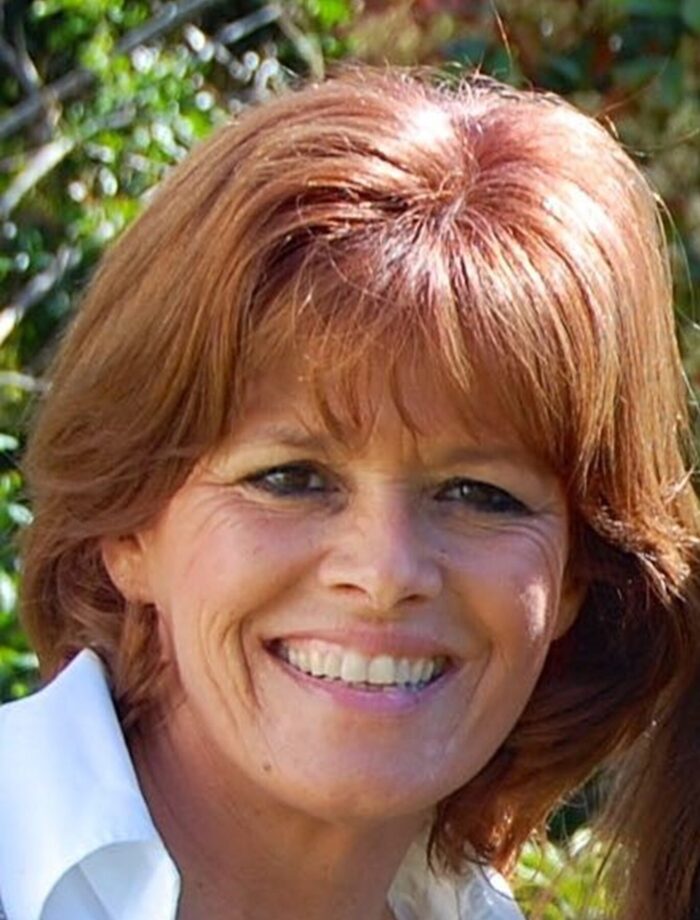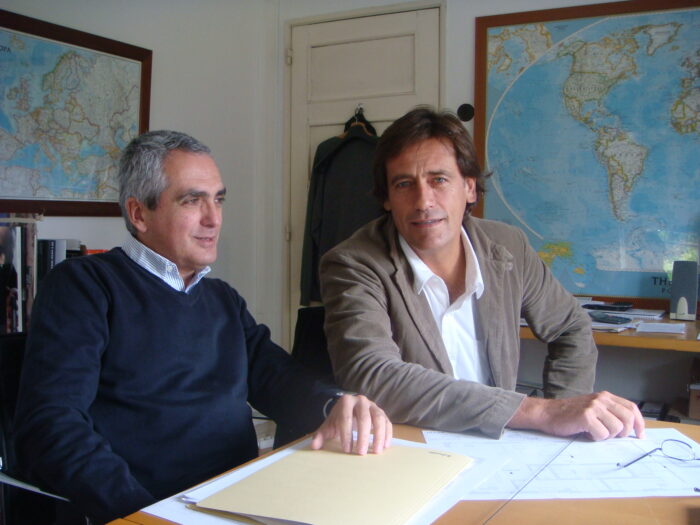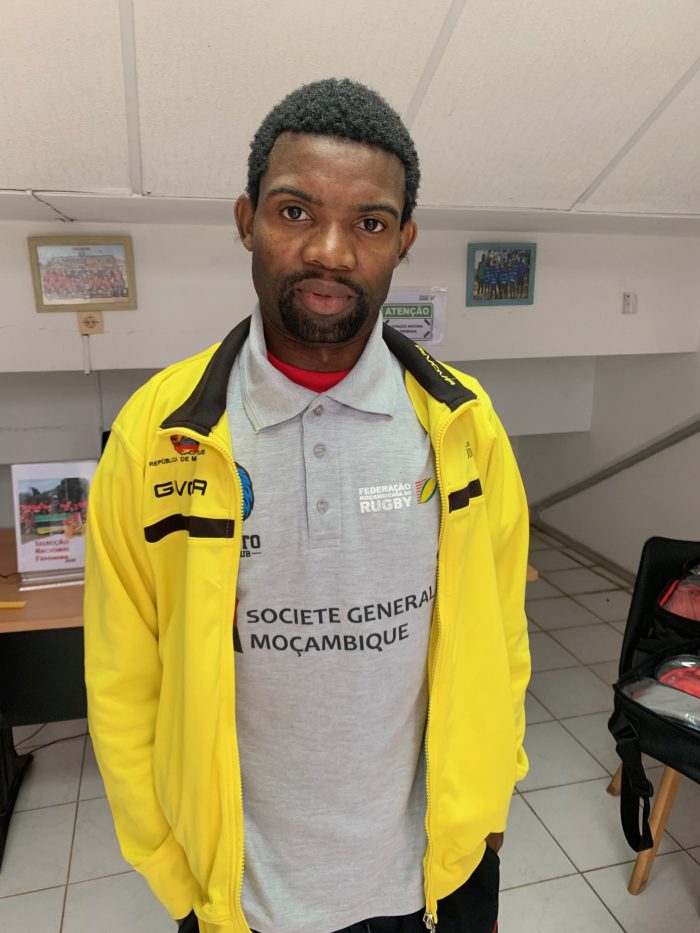A conversation with Arch. Filipa Cardoso de Menezes and Arch. Catarina Assis Pacheco

A conversation with Arch. Filipa Cardoso de Menezes and Arch. Catarina Assis Pacheco
‘The perusal of the terrain is the starting point, and it is from this interaction with the place and its specificities that our work arises’
At what point in your journey did you start to consider Landscape Architecture?
CAP – We had a different route. I always thought I would go to agronomy, and when I started to really ponder what I wanted to do, I realized that it had to be something connected to the land and to drawing. Landscape architecture brought the two together.
FCM – I started studying at the School of Fine Arts but ended up changing; landscape architecture attracted as it joins architecture and design to nature, and it deals with living systems.
How did your studio arise?
CAP – We did a large part of the course together and when we finished, we continued to collaborate in an informal way, ending up establishing a regular partnership, based on competitions and projects that showed up. It was a natural process, without much planning. Over time, the studio gradually consolidated.
What are your main references?
FCM – There is a large set of references that influence us and that include not only projected works by other authors that inspire us, but also landscapes, trips, films, images and other experiences that mark us and that are selectively summoned according to the specificities of each project. In Portugal, Professor Ribeiro Telles is an undeniable reference, but we have excellent landscape architects who have developed in recent decades an important work, opening the way both here and abroad.
CAP – Shortly after we started working, we won the competition for the Residence of the Portuguese Embassy in Brasilia and went to Brazil at that time, where we visited several works by landscape architect Roberto Burle Marx. We already knew his work, but seeing it live and strolling through those gardens was a very remarkable experience. And it wasn’t just those places, it was Brazil itself, its strong and vibrant nature, where the vegetation grows beyond measure at a time that is not ours.
When we think of landscape, we think of nature. Is the landscape architect the proof that the landscape is an element that can be built?
FCM – We transform the landscape but we are always intervening on something that already exists. Our reading and appreciation of the terrain is the starting point and it is from this interaction with the place and its specificities that our work arises. It is always a transformation of a territory, of a living system.
CAP – As Burle Marx said, the work of the landscape architect consists in “transforming nature and its topography to give full place to human existence”.
And what is it like to watch your projects evolve?
FCM – The transformation we are talking about does not end with the conclusion of the work. A garden or park takes years, decades to reach its full state, in a process of constant evolution.
CAP – Sometimes there are surprises. When we worked in Madeira, in the design of the gardens at Estalagem Quinta da Casa Branca, we clearly realized the difference in the growth of vegetation in relation to the continent. We returned there shortly after the construction work was finished and the garden almost seemed to have always existed: the vegetation was huge!
Is Landscape Architecture an expanding area? Has the work of the Portuguese in this field been recognized?
CAP – It would be expanding if it weren’t for this recessionary climate, naturally. The quality of public space is already a concern for people, it starts to be something they value.
FCM – We still have a long way to go, but I think we have advanced. In fact, Portuguese Landscape Architecture is at an excellent level, in terms of quality of work, as well as Architecture. There aren’t many landscape architects in Portugal, but I think the quality is perfectly matched to the standards of other European countries.
Do you remember a project where, due to some type of customer demand, it was difficult to balance aesthetics and functionality?
CAP – We have been asked for things that are difficult to execute but we always try to ensure that the customer’s expectations are reflected in reasonable and balanced things. Our job is to guide people to what is best for a given space and, usually, we are able to reach a consensus. When we are designing private gardens, we take into account what the person imagines, it is necessary to manage expectations. In relation to what does not seem feasible, we try to explain why and present alternatives.
FCM – And this also happens in public works. There was a tender that clearly we won because we did not do everything the developer wanted. We demonstrated that a part of the work that was required did not make sense in the program. We took a critical approach to the program and that is why we won the contest.
Under what circumstances do you usually come across with BETAR?
CAP – We have collaborated since our first projects. Whenever we can, we like to work with BETAR because we work well in partnership and it’s valuing for the project. Many teams are already more or less formed, if the partnerships work, there is no reason to change them, so it is normal to cross paths with BETAR many times.
This interview is part of the Artes & Letras Magazine # 46, October 2013
Partially automatic translation from portuguese: some expressions may differ from their actual meaning.
News & Interviews
A conversation with Joana Santiago
'[At Semear we train] people with intellectual difficulties, [and help to] prepare society. The lack of inclusion is related to the barriers that society imposes. We help companies employ these people' Read more
A conversation with Arch. Carlos Tojal and Arch. Miguel Passos
'Everything we do is discussed. This is fundamentally a team effort where everyone adds' Read more
A conversation with coach Jaime Langa
'Sport is a factor in inclusion, equality, participation in social life, acceptance of differences and respect for the rules. Rugby in particular is a game that demands a lot of these factors' Read more




